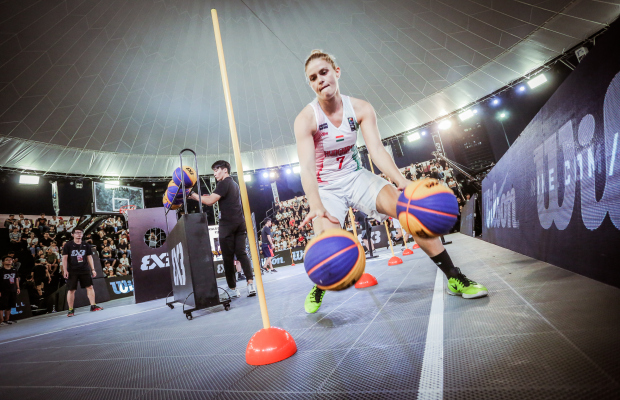Like it or not, people are often judged by their appearance. A professional is expected to dress in a respectable manner, and you will be judged by the way you are dressed. Clothes that are too revealing, casual or sloppy should not be worn at business meetings, public appearances or events where your status as a professional basketball player is front and centre.
In general, there are three categories for attire that can help you determine what outfit might be appropriate for which events and which types of audiences. When in doubt, dress one category above what you think may be appropriate – rarely are people judged for being “over-dressed.”
- Professional dress
The most conservative type of business clothing. It is what you would be expected to wear in the office, at a job interview, or a formal dinner/function.- For women, this means a business suit or dress and a jacket.
- For men, this means a business suit or a blazer, dress pants, a tie and dark shoes and socks.
- Business Casual
A more relaxed version of “professional dress,” but this does not mean truly casual. This style is semi-conservative, usually calling for a shirt with a collar and/or a sweater, khakis or dress pants and nice shoes.- Women can wear moderate length dresses or skirts.
- Men can wear a polo shirt or button-up shirt with a collar and/or sweater, khakis or dress pants and dress shoes. No tie is required.
- Casual
What you would not wear to work or a social function. This is everyday wear, including jeans, t-shirts, flip flops, gym clothes, sneakers, etc. This attire is reserved for days off, after work or weekends, during which time you may not be out in public in any official capacity.
As an athlete, you will be travelling with your club or National Team. Remember to follow your team’s dress code at alltimes, especially when at public spaces where the media could be waiting. For example, most professional teams will use professional dress when traveling by plane. They will prefer a business casual when leaving the locker room after a game (you can also wear some casual items; however, avoid flip flops, shorts, ripped jeans, etc.). And, they will probably ask you to wear the team’s tracksuit when moving from the hotel to the training facility.
Always follow your team’s instructions and dress code. You don’t want to be the only player using shorts and flip flops while all your teammates are wearing business clothing. Check with your team manager if you are not sure. And remember, in case of doubt, always dress one category above!
